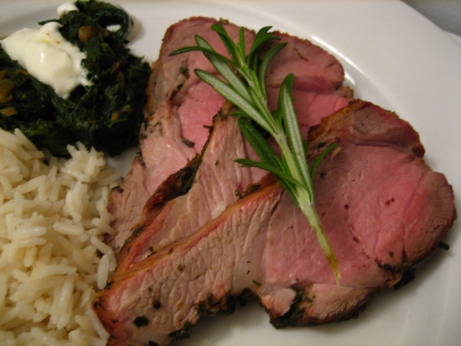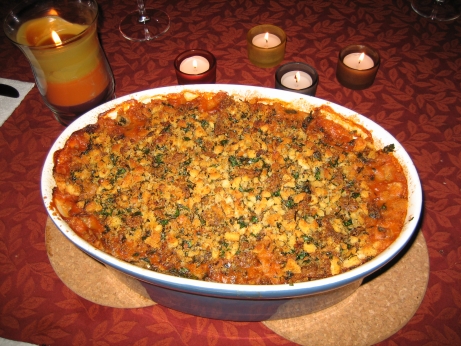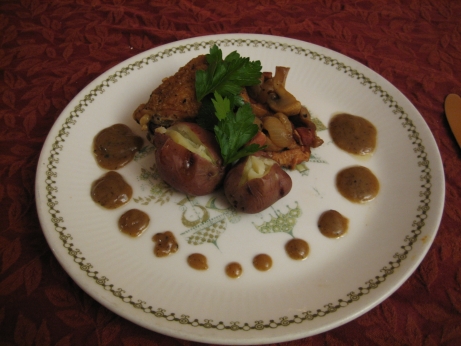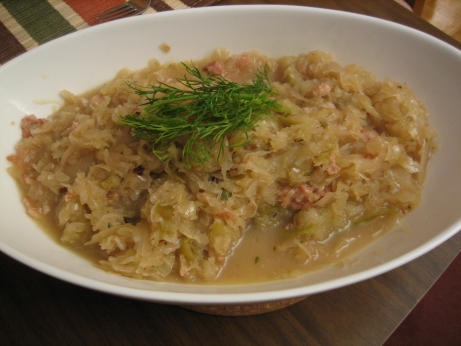
Spring lamb simply prepared is one of the best rewards I can think of for having suffered through a long winter. Spring lamb comes from a younger animal than lamb without an adjective. Generally spring lamb is 3-5 months old, but it can be called lamb right up until a year old. As the animal gets older it’s flavours become more pronounced, so a piece of spring lamb is going to me more delicate and tender than an older lamb. My dining companion is a bit tentative about lamb, but she likes it in small portions. She’s quite sensitive to the goaty flavours it can take on. For her sake I choose spring lamb whenever possible. I appreciate those more intense flavours, especially in a stew. Occasionally I can get my hands on some goat for a nice curry, and if anyone can point me in the direction of some mutton I’ll be forever indebted to you. Even spring lamb packs a serious flavour punch though. In this dish a leg of lamb (spring or otherwise) is taken off the bone, rubbed with lemon, thyme, rosemary, parsley and garlic, then allowed to sit for an hour for the spices to penetrate before being grilled to medium rare.
This preparation shows off everything that makes lamb great. It’s flavourful enough to stand up to a bold spice rub, it’s fatty so it does well with high heat, it cooks quickly, and tastes best just this side of medium-rare. A leg of lamb like this is what grills were invented for. It developed a pungent, crispy exterior, with a melting, delicate interior. The spice rub charred, and smoked the dish, but enough of it got worked into little crevasses that it retained some of its fresh taste. My only regret is that I have a gas grill. If ever there was a time to break out the hardwood charcoal this is it. Some real wood smoke would have done wonders for an already wonderful dish.
I’d like to take a moment to thank my instant read digital probe thermometer. This was the first dish I used it with, and I can’t tell you how happy it made me. Being able to close the grill with the probe in the meat (it’s attached by a long wire to the display), and set an alarm for the desired internal temperature was a revelation. Our grill is on the flimsy side, so every time we open it it loses a huge amount of heat, and it doesn’t have the mass to bounce back quickly. Being able to keep the lid closed means that the top side of the meat is still being roasted and browning without direct exposure to the heat. Since I started using the digital thermometer everything has been coming out better, and I don’t worry about over or under doing anything. It also means I only need to stab one hole, and the probe is much smaller than my old analogue one. If you don’t have one of these things you really owe it to yourself.
This dish was just fantastic. Lamb prepared like this is an absolute classic, and dozens of cultures have their variations on it. This one leans towards the Greek end of the spectrum, and it works exceptionally well. Many many other flavourful spice rubs could work with this preparation though. The beauty is in taking the lamb leg off the bone and butterflying it so that it grills quickly. Increasing the surface area also gets more flavour into the meat, and gives you more deliciously grilled crusty outside bits. I love that this preparation is easy enough for a casual supper, but would work well as the centerpiece for an Easter feast too. Grilled Butterflied Leg of Lamb with Lemon, Herbs, and Garlic has earned its five mushroom rating.


